For travelers seeking a destination that delivers as much luxury as it does adventure, there’s never been a better time to visit Gran Canaria, a volcanic island off the west coast of Africa. The second largest of Spain’s Canary Islands, Gran Canaria has sunny beaches, expansive sand dunes, volcano hikes, ancient ruins, agritourism, luxury spas, and more — all while keeping an eye toward sustainability by investing in renewable energy using the abundant wind and sun that the island gets. Best of all, the island maintains a mild climate year round, with temperatures ranging from 70 to 80 degrees Fahrenheit, so there’s never a bad time to visit.

Where to Play, Eat, and Stay in Gran Canaria, Spain’s All-Year Island Escape
Things to do in Gran Canaria
Walk through the Maspalomas Dunes
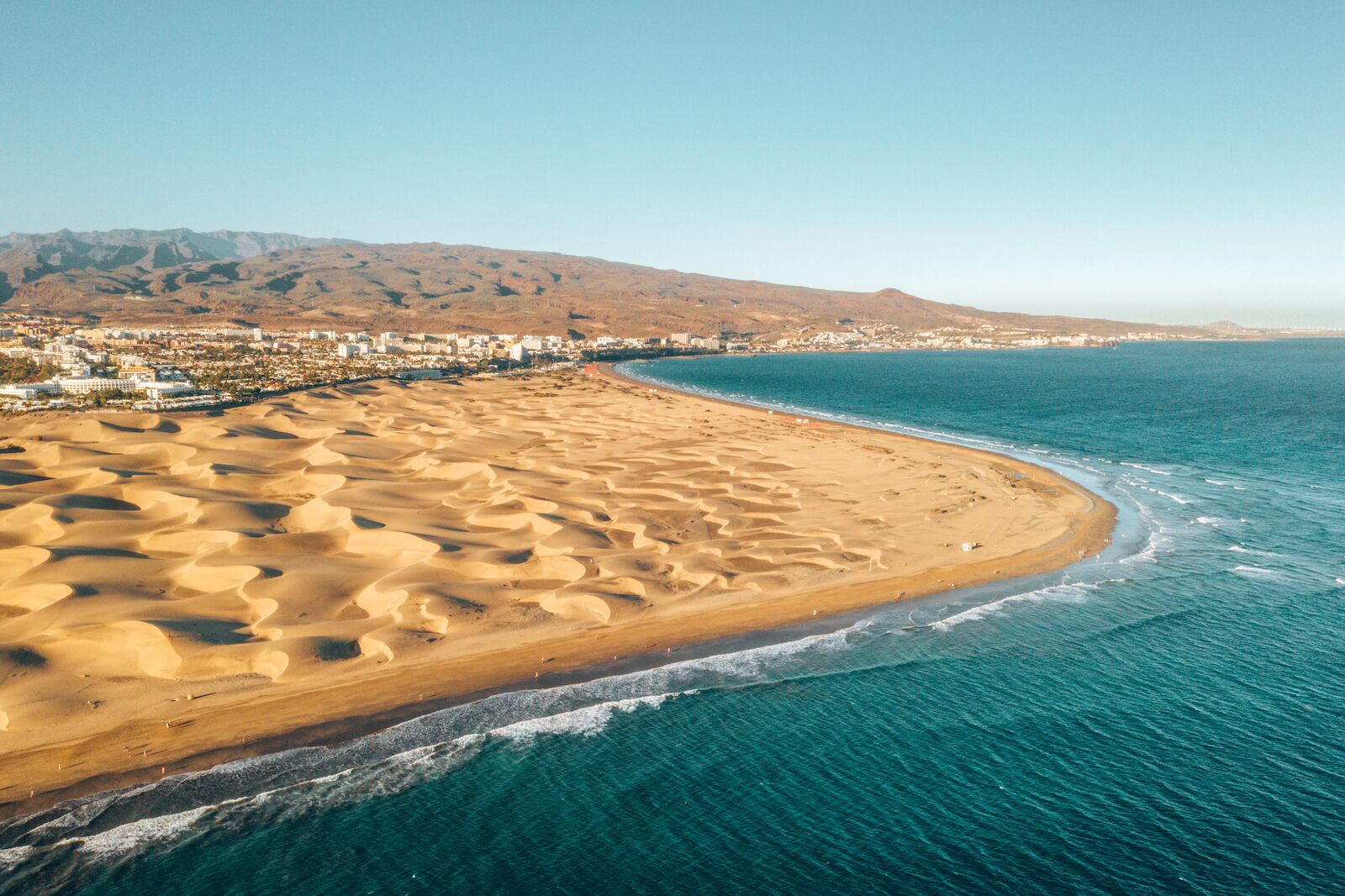
Photo: Pandora Pictures/Shutterstock
A thousand acres of shifting sand dunes sit along Gran Canaria’s southern coast. A protected nature reserve since 1987, Maspalomas Dunes will remind you that Gran Canaria is closer to Morocco than to Spain. You might think you’re in the Sahara Desert but for one unique difference: Maspalomas Dunes are on the coast, with the great turquoise blue expanse of the Atlantic Ocean visible beyond the sandy desertscape. Maspalomas Dunes are free to visit, and while walking on the dunes themselves is prohibited in order to prevent erosion, visitors can stroll the paved boardwalk that runs alongside and through the dunes to visit the Maspalomas Beach and lighthouse a little less than two miles away.
See Puerto de Mogán’s archeology and beaches
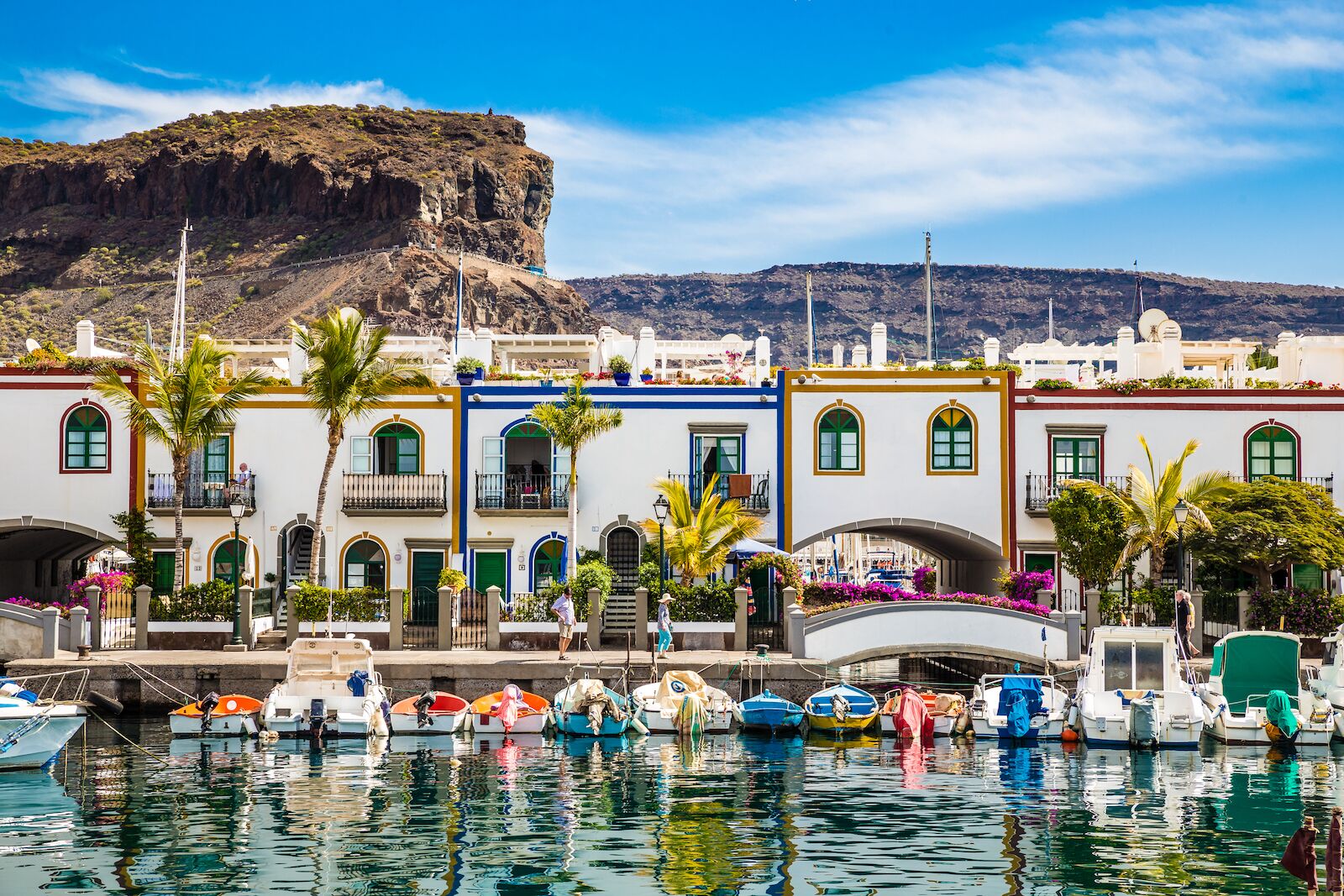
Photo: Zdenek Matyas Photography/Shutterstock
A day trip to Puerto de Mogán is a great way to get a taste of Gran Canaria’s resort-town culture. Relax on the beach, shop, or dine along the waterfront boulevard, then stroll the alleys and bridges that earned the town its nickname of “Little Venice” with its brightly painted facades and flowering trees. Don’t miss nearby Cañada de los Gatos, a pre-Hispanic archeological site dating back 1,300 years that’s under a 10-minute walk from the port. Entry to Cañada de los Gatos is about $4.50. The site is open Tuesday to Sunday from 10 AM to 5 PM.
Lastly, get off land and go for a water-based adventure on one of the many boat tours available from Puerto de Mogán. Options range from a basic coastal sightseeing tour to an all-inclusive snorkeling tour with food and drinks. There are even glass-bottomed boat tours and dolphin-spotting tours. Our group booked a basic sightseeing tour through AquaSports and brought aboard drinks, snacks, and tortilla Española (Spanish omelet) from a local market.
Take a day trip to historic Arucas
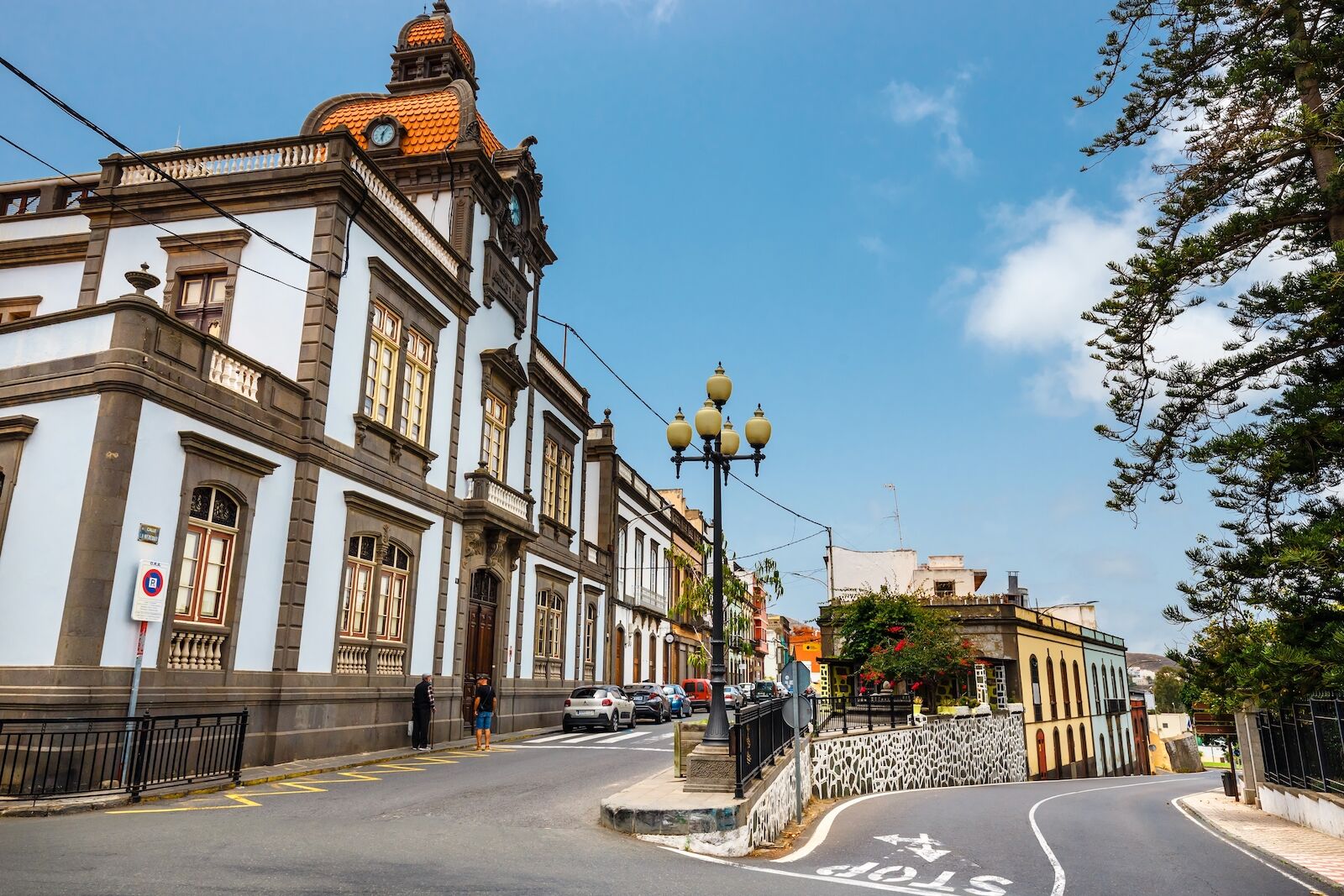
Photo: Dziewul/Shutterstock
For a literal taste of Gran Canaria’s agriculture, head by car to the northern town of Arucas. With views of lush banana plants stretching to the ocean, La ReKompensa Banana Museum and Plantation includes a guided tour and explanation of the banana-growing process and a delicious sampling of bananas and banana jams. With a bit of food in your belly, next visit the Arehucas Rum Distillery for a guided tour of the facilities and a tasting of both popular and rare rums. Using locally grown sugar cane in the distillation process, Arehucas has been distilling rum since 1884. With only 4,300 barrels produced annually, Arehucas rum is not available in the US, so stock up at the gift shop to bring home a taste of the islands.
Finally, walk the streets of Arucas, making sure to stroll through the gardens at Parque de la Paz on your way to the iconic Parroquia de San Juan Bautista de Arucas, a Gaudi- inspired neo-gothic cathedral dating from the early 1900s. Step inside the cathedral is open, or grab an espresso at one of the outdoor café tables lining Calle Gourié.
Explore the island’s volcanic center

Photo: kelifamily/Shutterstock
The best way to get a sense of Gran Canaria’s volcanic geology is to take a day trip to the mountainous central region of the island. Start your day at one of Gran Canaria’s wineries where the rich volcanic soil supports an ideal environment for growing grapes. I visited the intimate Finca Escudero for a wine tasting paired with bread, cheese, and housemade olive oil, all set in the poolside garden of a historic manor home.
After, continue to the picturesque hill town of Tejeda. Take a short hike to a view of Roque Nublo, the hardened lava rock and third highest point on the island that remains after a volcanic eruption 4.5 million years ago. End your day in the historic town of Teror where, according to local lore, the Virgin Mary appeared beneath a pine tree, making Virgen del Pino (Virgin of the Pine) the patron saint of Gran Canaria. The neoclassical, 18th-century Basílica Nuestra Señora del Pino, now a museum, marks the spot next to the pine tree where she appeared. End your day with a walk along Teror’s colorful alleys and pedestrian-only main street, popping into beautiful courtyards and shopping at local boutiques.
Where to eat and drink in Gran Canaria
Mercado del Puerto
This local food market in Gran Canaria’s capital city of Las Palmas is the perfect place for a casual meal from one of the tapas bars and food stalls. As you peruse the glass showcases of each restaurant, you’ll notice a variety of pinchos: small snacks such as individual slices of baguette stacked high with sauces, meats, and veggies. Try one or a few, and pair it with an order of grilled cheese with marmalade from Piscos y Buches.
Mercado del Puerto: Calle Albareda, 76, 35008 Las Palmas de Gran Canaria, Las Palmas, Spain
La Aquarela
For a Michelin-star dining experience with poolside views overlooking the ocean, look no further than La Aquarela. Each course from the amuse-bouche to the dessert is thoughtfully prepared with locally sourced ingredients and paired with Gran Canarian and Spanish wines. I loved the playful touches that were incorporated in every dish, such as the sheep-shaped cheese crisp, a nod to the local sheep cheese used in the recipe.
La Aquarela: Apartamentos Aquamarina Barranco de la Verga s/n, 35129 Barranco de la Verga, Las Palmas, Spain
Where to stay in Gran Canaria
Lopesan Costa Meloneras, Resort & Spa
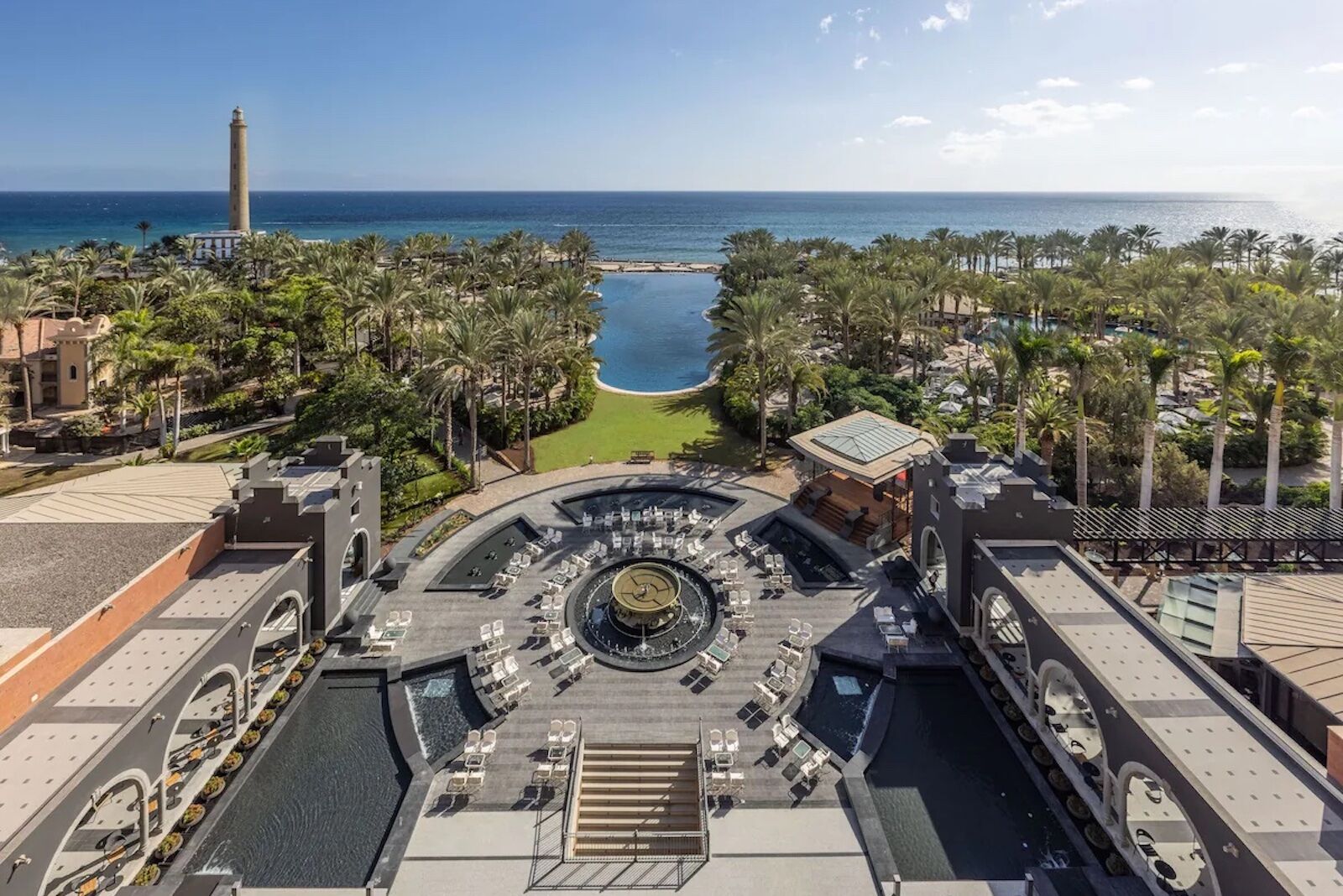
Photo: Expedia
We hope you love Lopesan Costa Meloneras, Resort & Spa! Just so you know, Matador may collect a small commission from the links on this page if you decide to book a stay. Listed prices are accurate as of the time of publication.
For a luxurious stay on the southern coast, right by sandy Playa de Faro, book a suite at Lopesan Costa Meloneras, Resort & Spa. I loved the resort’s multiple pools, especially the infinity pool. My suite had a spacious living room, a bedroom with a king-sized bed, and a balcony overlooking one of the pools. The bathroom features a walk-in shower and large bathtub — complete with a complimentary bath bomb for a spa-like experience.
For even more relaxation, take advantage of the resort’s 12-room progressive spa that features several saunas, hot tubs, an ice room, and a salt float pool. In addition to several dining and nightlife options nearby, there is nightly entertainment at the resort, as well as restaurants ranging from the all-you-can-eat gastro buffet Alameda, which has 13 micro-cooking stations, to a more formal dining experience at La Toscana, where you can order local favorites like papas arrugadas (boiled potatoes) and fresh-caught fish.
Lopesan Costa Meloneras, Resort & Spa: Calle Mar Mediterráneo, 1, 35100 Meloneras, Las Palmas, Spain
Price per night: From $241
How to get to Gran Canaria
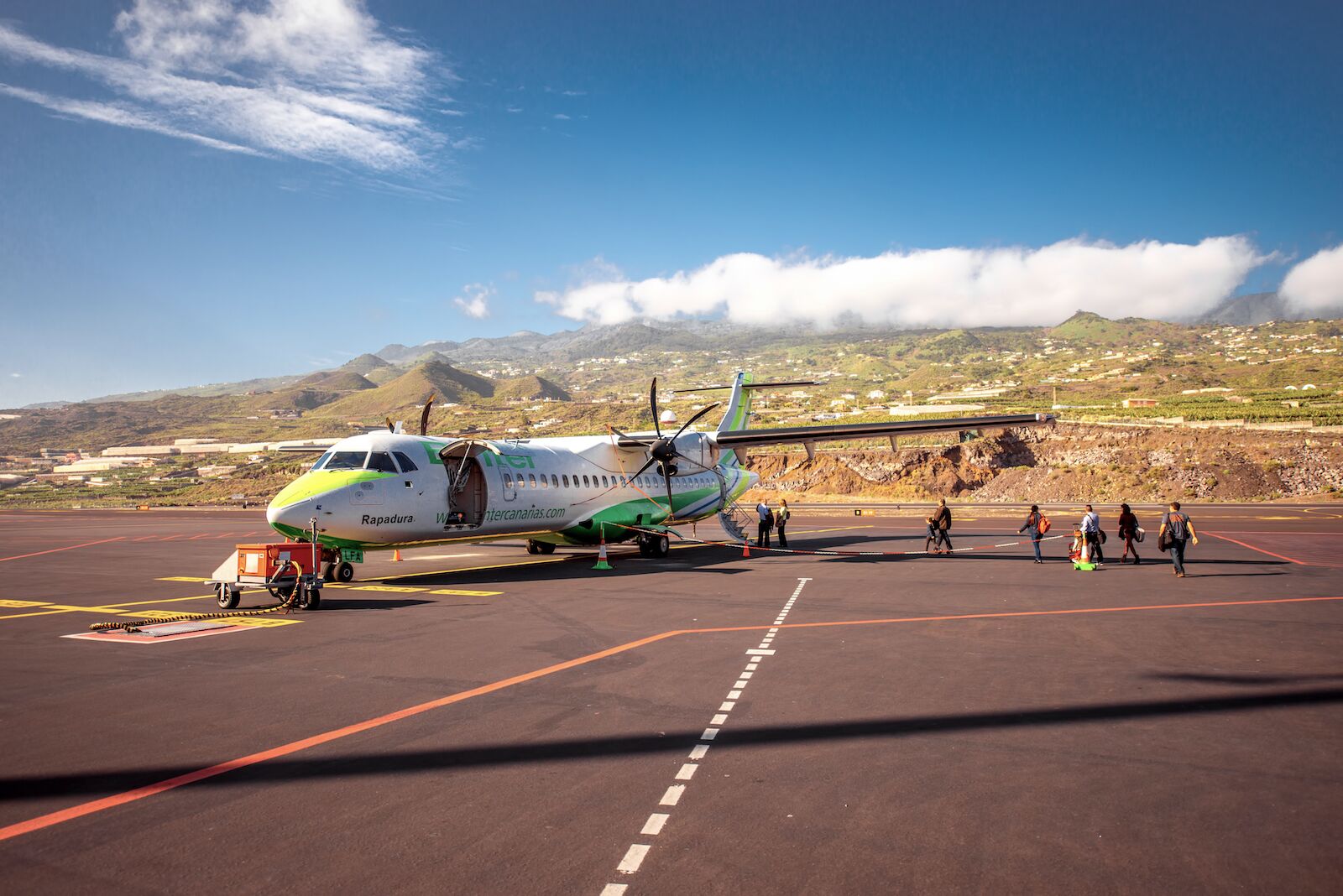
Photo: RossHelen/Shutterstock
Gran Canaria is a three-hour direct flight from Madrid, Spain, making it a straightforward destination for travelers from all over the world. My journey to Gran Canaria began in Denver, from where I flew to Chicago and then on to Madrid before landing at the Gran Canaria airport in the northeast of the island. The entire journey, from my door to my hotel room, took about 24 hours. From the airport, it’s a 25-minute drive to the island’s southern coast where most travelers, myself included, stay when visiting Gran Canaria.
How to get around Gran Canaria
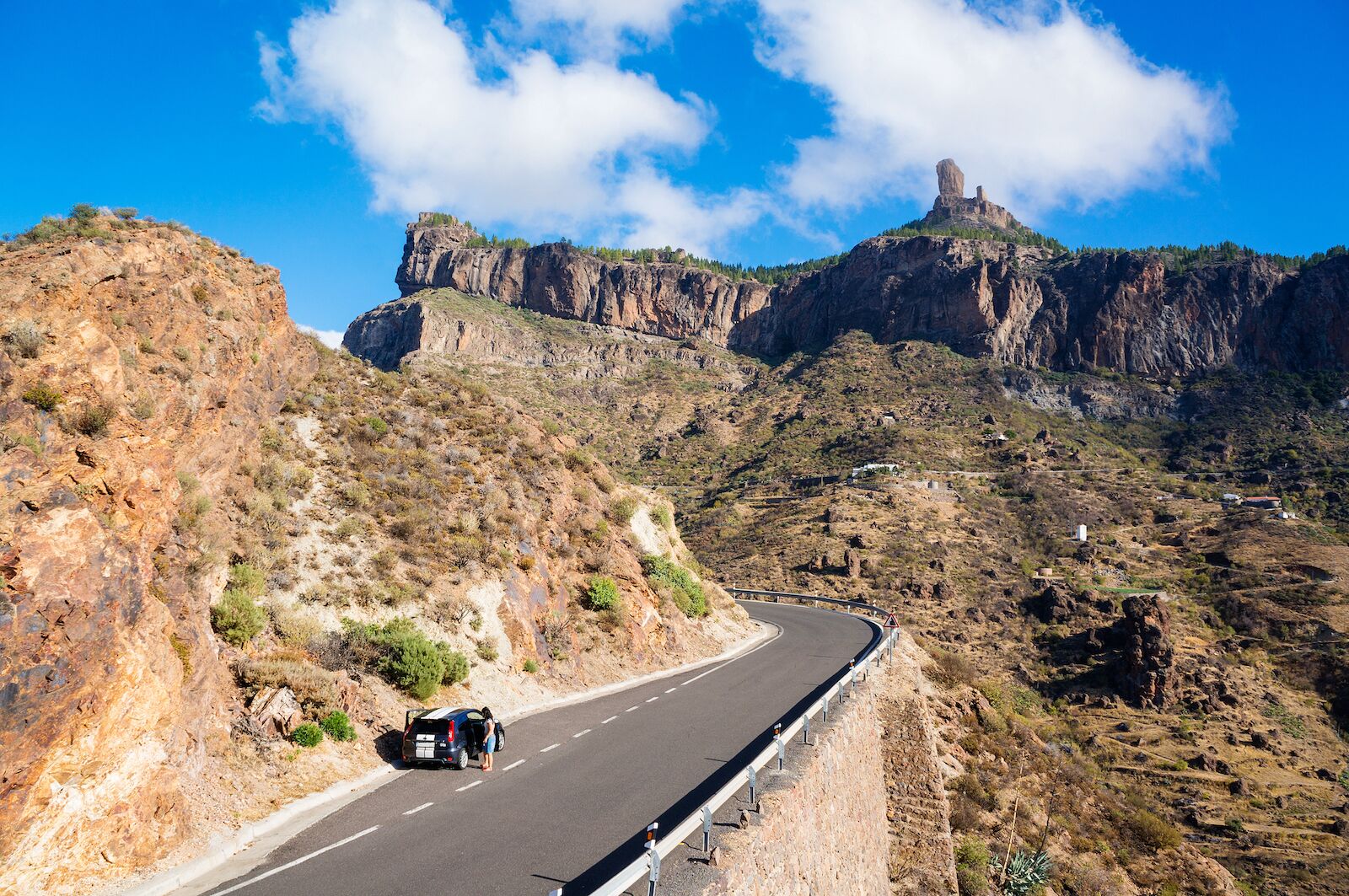
Photo: svsumin/Shutterstock
The best way to get around the island and from city to city is by car. It’s easy to rent a vehicle at the airport, and doing so will give you maximum flexibility to explore Gran Canaria. Each of the cities of Arucas, Las Palmas, Teror, and Puerto de Mogán are walkable, so I recommend renting a car to drive between towns, and then exploring on foot once you reach your destination.